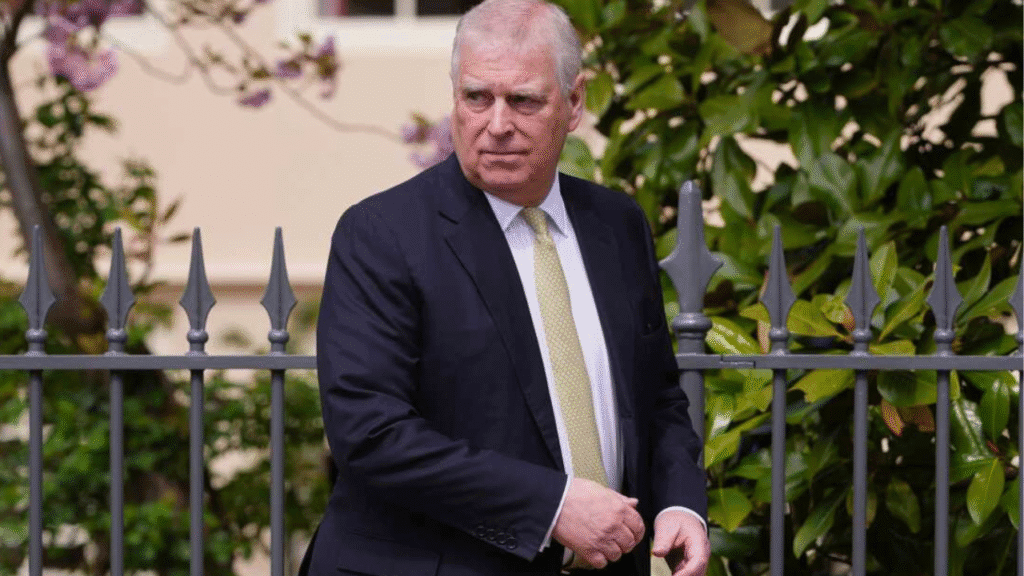Prince Andrew, formerly a senior British royal, has been stripped of his remaining royal titles and evicted from his Windsor residence after weeks of renewed scrutiny over his association with Jeffrey Epstein and allegations from Virginia Giuffre.

What Buckingham Palace Announced
On Thursday, Buckingham Palace confirmed that King Charles III initiated a formal process to remove Prince Andrew’s style, titles, and honours—meaning he is now known as Andrew Mountbatten Windsor. He must also vacate the Royal Lodge, which he has occupied for decades. His ex-wife, Sarah Ferguson, will be moving out as well.
Why It Happened Now
This move follows new accusations detailed by Giuffre in her posthumous memoir, which included claims of forced encounters with Prince Andrew while she was a minor—allegations he denies. The current spotlight comes atop Andrew’s prior decision to give up his Duke of York title and other honours earlier in October. Palace officials acknowledged that these censures were “necessary, notwithstanding the fact that he continues to deny the allegations,” and expressed ongoing sympathy for victims and survivors of abuse.
Historical Context
Royal historian Kate Williams described the event as a “huge moment in royal history,” noting that the last time a member of the royal family lost their title was in 1919. Andrew’s daughters, Princesses Beatrice and Eugenie, retain their titles, while Andrew’s status now mirrors that of a private citizen.
What’s Next for Prince Andrew
Andrew is expected to move to a property on the Sandringham estate. Reports indicate that while he maintains his innocence, King Charles and other senior royals unanimously support the Palace’s decision in light of public concern and scrutiny over Andrew’s conduct and his ties to Epstein.
In modern royal history, this action marks a dramatic break from tradition, reinforcing accountability and the monarchy’s commitment to distancing itself from scandal and supporting survivors of abuse.